Bali is a region of a much bigger country called Indonesia that features hundreds of islands with as much cultural difference over a massive area in Southeast Asia. Known as the “Islands of the Gods,” Bali gained fame among surfers in the 70s, thanks to Gerry Lopez and various Aussies. Surprisingly, the first real tourists were the Dutch. They started shaping the island into the worldwide known tourism center it is today.
Bali’s particularities include awesome surf, fantastic tourist amenities and infrastructure and a distinct Balinese Hindu culture that stands in contrast to the predominantly Muslim majority in the country.
Being “centrally” located with great transportation hubs, the island also serves as an excellent port of entry and base for exploring various parts of the country. In fact, spots like G-Land and in others in southern Lombok are just a few hours away.
Today, Bali continues its impressive growth, noticeable year by year on surf trips. This has turned it into a global hotspot for surfers around the globe. In fact, the southern part of the island, with its abundance of spots and consistent long-period swells, plays a significant role in this appeal.
Our extensive knowledge, built over a decade of frequent visits, is unpacked in this guide to help you make the most of your Bali surf experience.
General things
Tips and information to know to organize your surf trip
The surf season
Bali’s strategic location in the Indian Ocean ensures waves year-round, with no obstacles to block long-period swells from the southern hemisphere. Regardless of when you visit, you’ll find surf.
Bali experiences two distinct seasons: the dry season, roughly lasting from April to October, and the wet season, lasting from November to March.
During the dry season, renowned chargers and surf elites flock to Bali to surf the biggest waves at famous spots like Padang Padang or Uluwatu. During these months the ocean in the southern hemisphere light up attracting surfers as quality swells are lined up one after another. The predominant southeast wind provides offshore conditions for most west coast spots.
On the other hand, the wet or rainy season brings a main wind from the southwest, offering offshore winds to Bali’s east coast. As the name implies, this season sees rain, which can be sporadic or lasting for days on some occasions but often occurring in late afternoon, night, or early morning. Swells and waves persist during this period but are slightly less consistent and weaker, with larger swells and well-overhead surfs less common.
It’s crucial to note that the transition between the two seasons is imprecise, determined by Mother Nature. In 2023, for example, the first rain and wind change weren’t observed until the end of November.
The kind of Waves and surf you will find in Bali
Bali boasts numerous surf spots, as we’ll explore later in this guide. The island offers a diverse range of point breaks, reef breaks, and, to a slightly lesser extent, beach breaks—all in tropical waters. Generally, left-hand waves dominate the west coast, while the east coast features predominantly right-hand waves. All these spots are concentrated in the southern half of the island, with an impressive concentration of them near the Bukit Peninsula at the very south.
You will encounter waves suitable for every skill level and surfing style. However, it’s essential to note that the majority of the waves cater to competent surfers who can navigate independently on shortboards. Still there are wave suitable for longboards and cross stepping and others for beginners.
While a few spots may require a boat, involving a bit of cash, the majority are accessible through traditional methods—good old walking and paddling. Certain sides of the island are more favorable for surfing during specific seasons, such as the west coast during the dry season and the east coast during the wet season. However, we believe it’s a mistake to focus solely on one side, as both sides of the island can offer fantastic sessions even outside the prime seasons. Further details on specific spots can be found in this guide bellow.
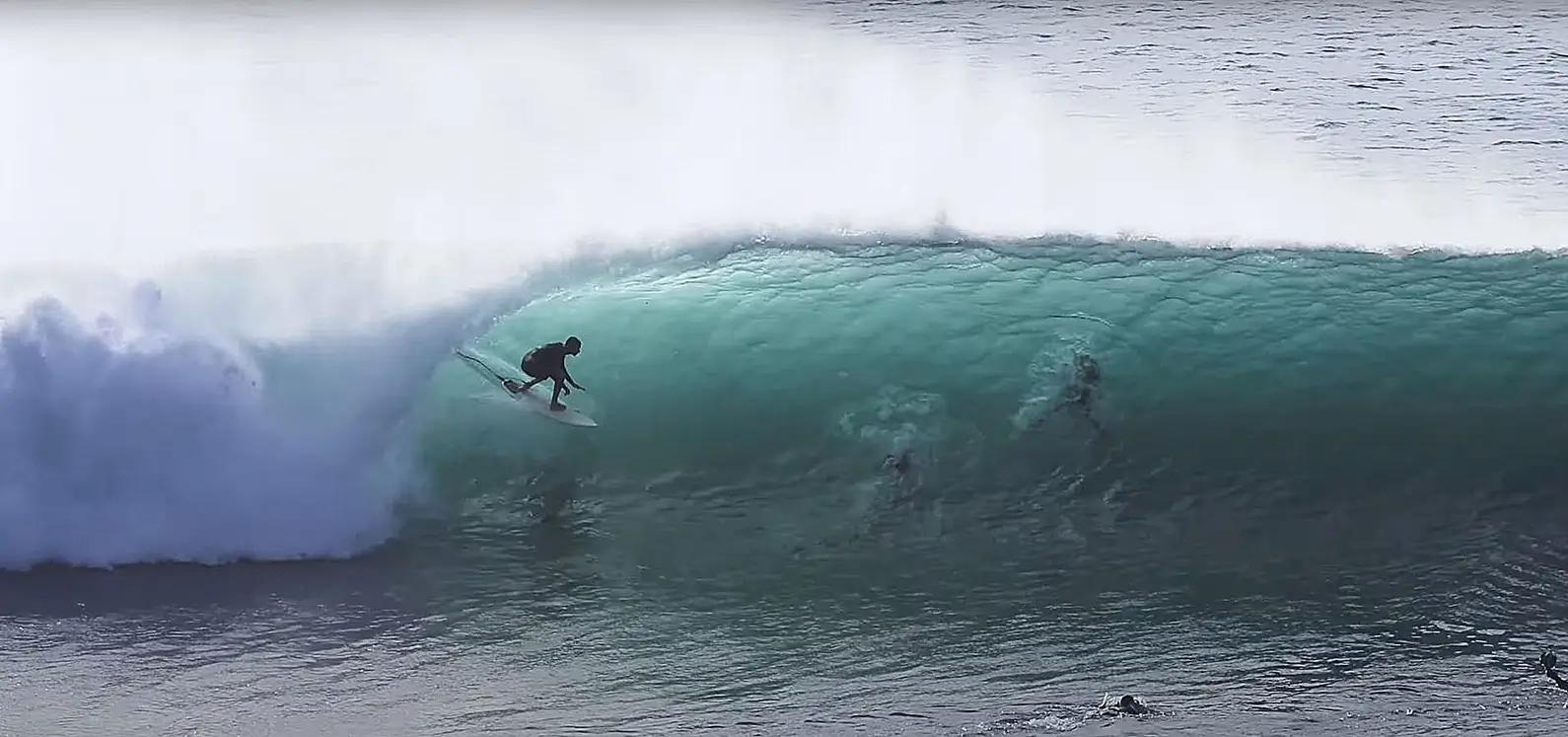
How to Get There
As you might have guessed, being an island, there are two transportation options available to reach Bali: air or sea.
By Air: The most common and convenient way to reach Bali is by air, with I Gusti Ngurah Rai serving as airport. It is well-equipped for both domestic and international flights, conveniently located in the southern part of the island near the bustling Kuta. You will have to walk 2 min north of the airport to use Go Jek and Grab if you wish to have a cheap taxi or moto taxi.
By Sea: An interesting, cheap and fun alternative is traveling by sea. It’s also a great way to meet and have long discussion with locals. Bali features two main harbors (with smaller ones for fast boats and international cruise ships). The western harbor, Pelabuhan Gilimanuk Bali, connects to Java, while the eastern harbor, Padang Bai, links to the northern and eastern islands.
Sim Cards and Internet
When it comes to ensuring mobile connectivity and internet access, several options are available for purchasing a SIM card in Bali. The most popular choice is Telekomsel, known for being the oldest with the best network coverage. Sim card internet and connectivity are excellent in most parts of the island, except for mountainous areas.
You can acquire SIM cards easily throughout Bali, including at the airport. We recommend getting one with a smaller package at the airport, allowing you to order your first Grab or Gojek as the simcards there are tourist priced. Later, you can top up your SIM card at a better rate.
Wi-Fi and internet in hotels and restaurants are generally reliable, although not exceptionally fast. Network saturation is common, so having a SIM card with internet access is beneficial. This way, you can use it to share the connection with your other devices when needed.
Eat
Nasi goreng (fried rice), Mie goreng (fried noodles), and Nasi campur (mixed rice) are staple dishes in Bali, available everywhere. One day, there’s a high chance you’ll indulge in one of these dishes at a local warung (restaurant) situated in front of surf a spot.
However, Bali offers a diverse range of local foods, such as bakso (meatball soup), Sate ayam and babi (chicken and pork satay skewers), martabak (stuffed pancake).
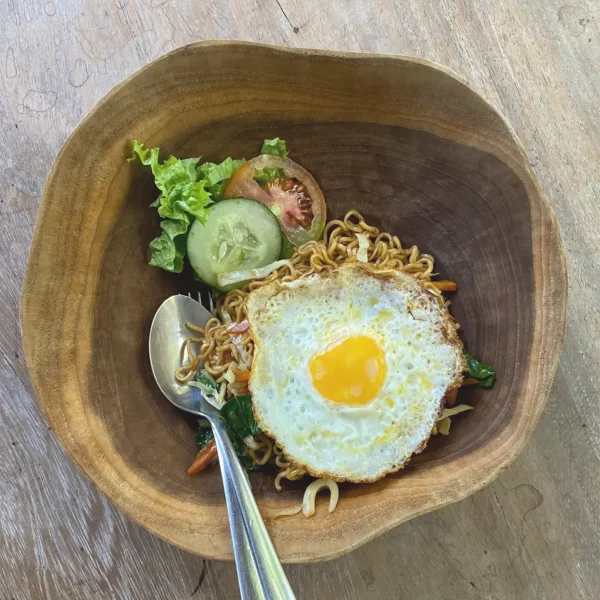
For those with a sweet tooth, we highly recommend seeking out evening food carts specializing in Roti Bakars—a full-size bread you can fill with sweet delights, fried in butter for a few Indonesian Rupees. While calorie-rich, having it for breakfast the next morning is a great way to fuel up for a day of surfing. Don’t forget to also try some tropical fruits; they’re not only cheap but amazing.
In addition to local cuisine, Bali offers a plethora of international foods, ranging from local burger joints to widely renowned fine dining venues. While more abundant in the south, you’ll still easily find places serving Western dishes in the north and less touristy west.
It’s worth noting that takeaway and food delivery are widely used and highly developed, particularly in the south. After a tiring day of surfing, it’s convenient and affordable to opt for these options!
Sleep
Bali is not just a hotspot for surfers but a renowned destination for all kind of tourist. Therefore, the tourism industry is highly developed so are the accomodations options.
On the Island of Gods, you’ll discover a variety of accommodations, ranging from budget-friendly kosts (local rooms) at $8 to luxurious five-star complexes at $2000 and personal villas at $50 per night. The quality-to-cost ratio is among the world’s best, making it easy to either enjoy an extended stay on a modest budget or indulge in the finest accommodations at a fraction of the cost compared to your home country.
In 2023, there has been a noticeable increase in prices. Many establishments, especially large hotels, closed during the COVID-19 downturn. The swift resurgence post-pandemic created a surge in demand, surpassing the usual supply.
A valuable tip is to avoid online bookings and instead engage directly with owners and management to negotiate more favorable rates. The longer your intended stay, the greater the potential for advantageous pricing.
Move Around
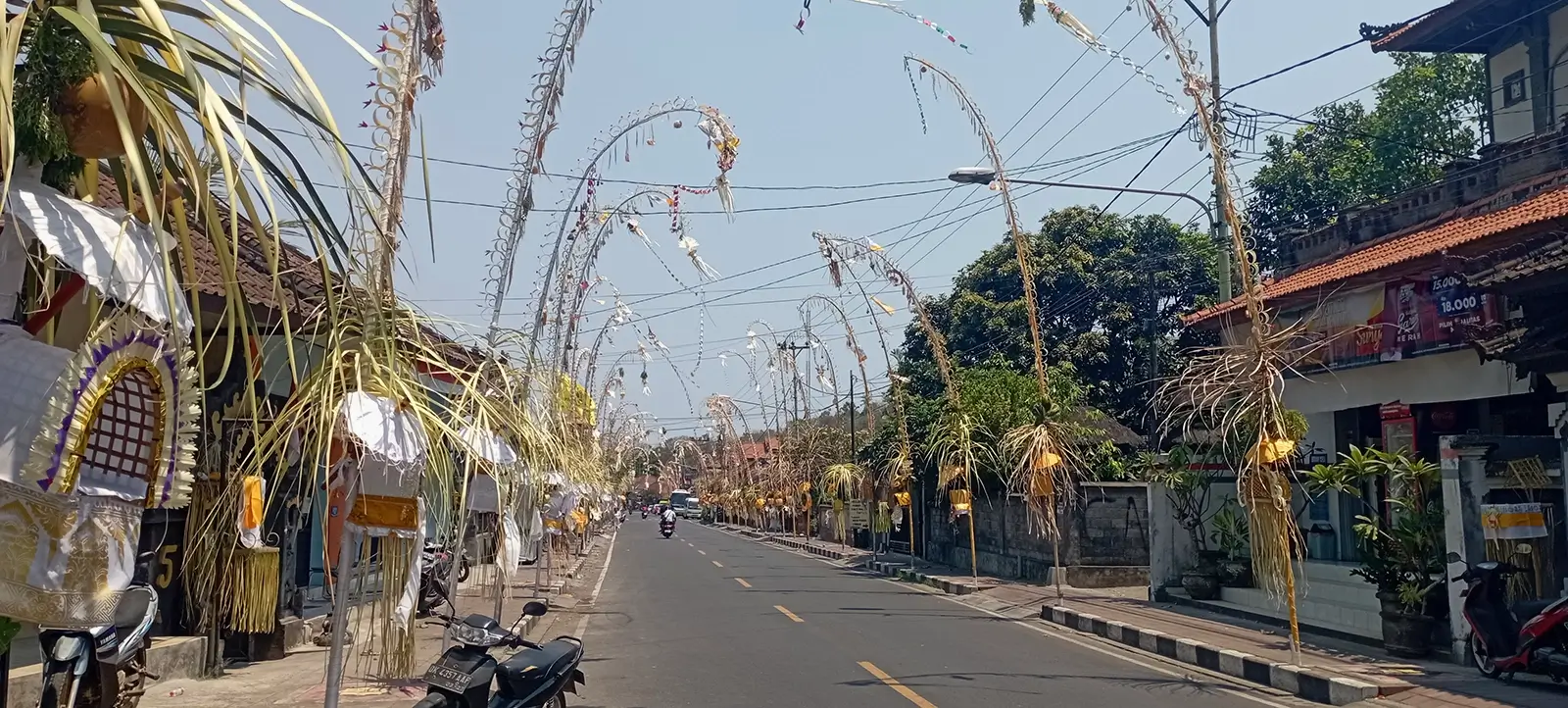
Public transportation is almost non-existent in Bali outside of long-range buses and tourist operators’ buses.
The most popular mode of transportation on the island is undoubtedly the scooter or motorbike, readily available for rent from numerous locations. Widely used by both locals and tourists, scooters equipped with surfboard racks are affordable and common in the south. Negotiating with the rental company or owner for airport delivery and return is often possible. A reasonable rate would be around 1 million rupiah (59 euros) per month for a 150 cc scooter with a surf rack.
Another excellent option for navigating Bali is utilizing the local apps Gojek and Grab to secure affordable motorcycle or car taxis. However, it’s important to note that they are banned in certain areas (though less so now), due to local taxi mafia, as they offer fares at local rates without the typical tourist surcharge. These apps provide convenience, allowing you to choose the vehicle type, start and end points, and even make payments with your card.
Renting a car in Bali can be challenging due to the traffic, making it potentially hazardous for those unfamiliar with local driving conditions. Nonetheless, car rental is available, and chauffeured options are commonly offered. In fact in Indonesia, it’s standard to have a driver accompany you, so make your preferences clear when arranging the rental.
If you opt to drive your own vehicle, whether a car or scooter, ensure you have your international license with you, as it is required. Helmets are now commonly worn, a positive change from years ago. In major areas like Denpasar and Kuta, the majority of locals wear helmets on main roads. It’s essential to note that drivers (only the driver) can face fines for not wearing helmets. However, in remote areas and the Bukit (the very southern tip of the island), there seems to be a degree of tolerance for not wearing helmets.
Despite improvements in driving rules enforcement, Bali locals do not adhere to Western driving norms. Exercise caution, avoid abrupt movements, maintain predictability, and drive at a reasonable speed. Many accidents involve foreigners, leading locals to coin the term “Balinese Tattoos” for foreigners with skin left on the asphalt…
Safety and Security In and Out of the Water
Out of the Water
Apart from road safety, there are a few other considerations to be aware of in Bali and Indonesia. While the overall safety is high (probably higher than in your country), petty crimes, such as phone and wallet theft from scooter trunks, do occur. Keep in mind that scooter trunks are easily opened, and parking in non-paid areas outside beach views can expose your belongings to risk. This issue is decreasing as more places require a parking fee” that include the guard.
ATM Card Copy/Skimming: Many ATMs have card cloning systems, and incidents seem to go unnoticed by the police. It’s unfortunately common to see card payments to random sites a month or two after your surf trip. To minimize the risk of card cloning, withdraw money from ATMs located just outside banks or within convenience stores.
Bali Belly: A common travel sickness among tourists, Bali Belly leads to stomach cramps, diarrhea, and vomiting for the unlucky one that get it. It’s caused by consuming bacteria present in food and water and can be avoided by avoiding non-hygienic stuff (yep that’s easy). So, if you do not have any immunity yet the more you live like a surfer hobo the more the chance you will have it soon.
In the Water
Bali’s waters are home to fascinating fauna like dugongs, dolphins, and turtles, but there are also less friendly creatures for surfers.
Jellyfish: Common in Bali’s lineups, most jellyfish are small, and their stings are almost painless.
Sea Snakes: Extremely poisonous but shy, sea snakes are found near reefs. Avoid provoking them, and they typically pose no threat as they are very shy and afraid of humans.
Sharks: While sharks exist in Bali, they are generally not aggressive toward surfers. Shark sightings are not uncommon. For instance, it’s not rare to see them jumping at Secret Uluwatu. A big mama tiger shark is also known to live near the spot Green Bowl. Balian a spot on a river mouth in West Bali is an exception where shark attacks have been reported, but they are rare non-lethal and confined to this area.
For surfers, the primary concern is reef and fin cuts. A significant cut can disrupt your surf trips. Wearing booties can help protect your feet, and if your fins are sharp from reef encounters, sand them down to avoid injuries.
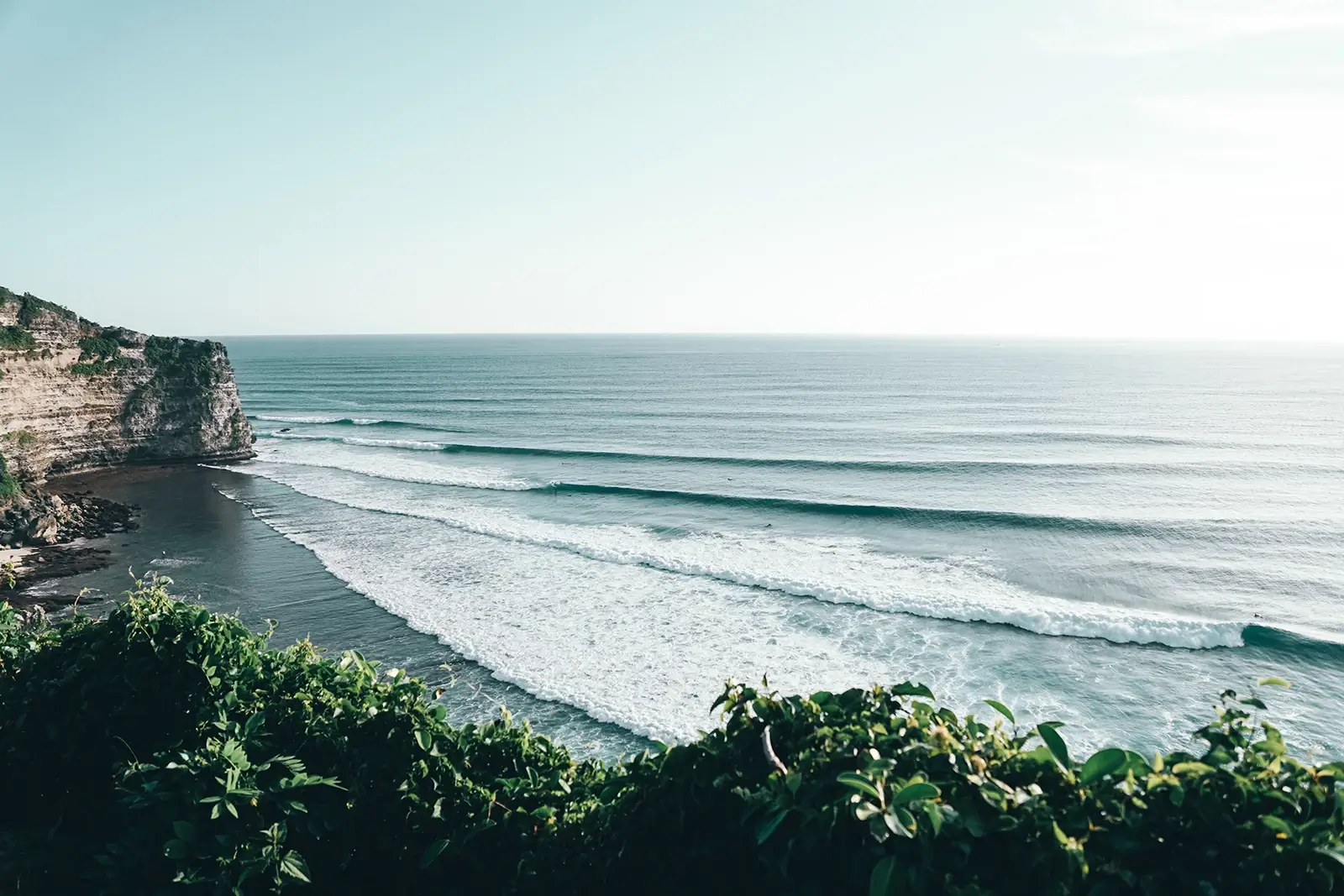
To help heal cuts a Chinese medicine has been very popular in Bali with surfers for decades. It’s called Die Da Yao Jing or Tieh ta yao gin.
If you’ve got a bad wound or stitches and you’re feeling a bit reckless (and stupid) because you’re just too eager for some surf, you could use a small piece of electrical tape surrounded by glue. Apply a few layers of tape over it, and voila – you’ve got yourself the best waterproof bandage in the market.
The Surf Equipment for Bali
You’ll be in one of the surfing Meccas of the world, where every possibility is offered to you. Whether you want to buy new from international or local brands, go for second-hand options, or simply rent.
Buying New: All the major international brands are available, often at a more affordable rate than in the Western world. Keep in mind that boards with brand names made in Indonesia might be of slightly lower quality than those produced in factories in the USA or Australia. Numerous local brands, owned by both locals and foreigners, also offer excellent craftsmanship and any kind of shape at competitive prices.
Buying Second-hand: Easily snag a budget-friendly board from someone departing the island at numerous surf shops in Kuta and very active Facebook groups facilitating these. You will easily be able to resell it at your turn if you decide to.
Renting: Most surf shops but also popular beaches catering to both surfers and non-surfers offer rental options. The shops in kuta will probably have the widest selection. However, don’t expect rental shops in remote spots where no other tourists are expected. Negotiate prices based on board quality and the duration you plan to keep it.
For us, at Holyfins, we always opt for boards shaped by renowned local shapers, bringing them back home as they are two to three times cheaper than in our local market. Keep in mind that planning your flights accordingly is crucial, as some airlines are more surfboard-friendly than others.
The surf breaks
The surf breaks in Bali stretch from Medewi on the western side to Jasri on the eastern side of the island. As mentioned earlier, they are all located in the southern half of Bali, with a significant concentration of spots in or near the Bukit
Bali’s Surf Spot Map
We’ve developed an interactive Google map showcasing the majority of the island’s surf spots hidden parking’s and boat departure areas. While it may not cover every single spot, it’s likely the most comprehensive online map. It offers a detailed overview, while allowing you to explore and discover additional spots on your own.
In our Bali surf spot map, blue points represent surf spots, orange points indicate areas for boat departures to reach offshore surf, and parking/pathway access for some.
The famous/popular surf spots
We can’t cover them all (there are close to a hundred!), but we can highlight the most popular and our personal favorites.
The most famous and popular spots from east to west:
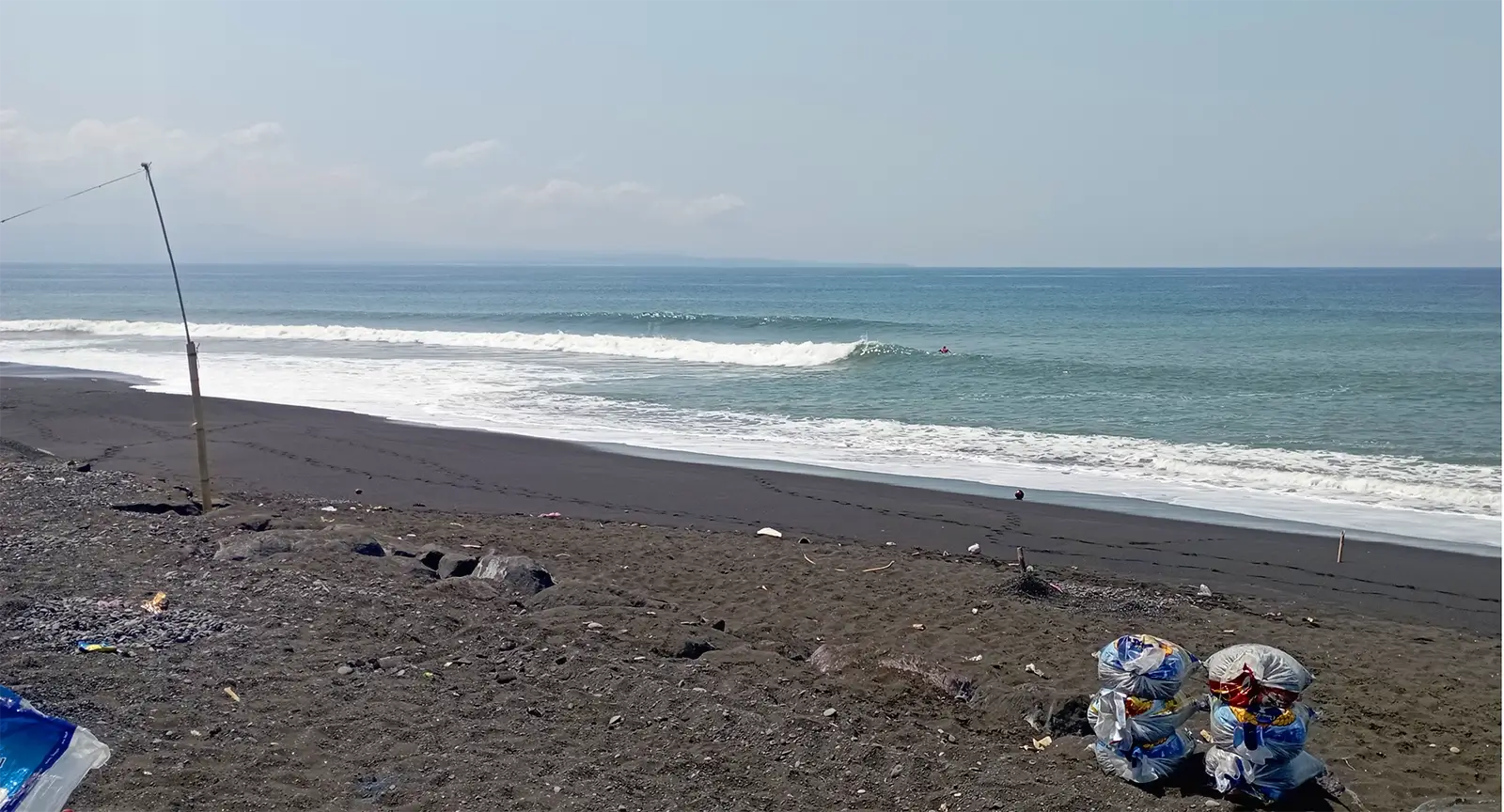
The team’s favorites
Also from east to west:
Did we miss something important? or do you have any questions that we could answer?
Do not hesitate it to us by leaving a comment down there.
If you need any surfing equipment, have a look at our performant and accessible Fins , Traction Pads, and Leashes, we deliver worldwide!

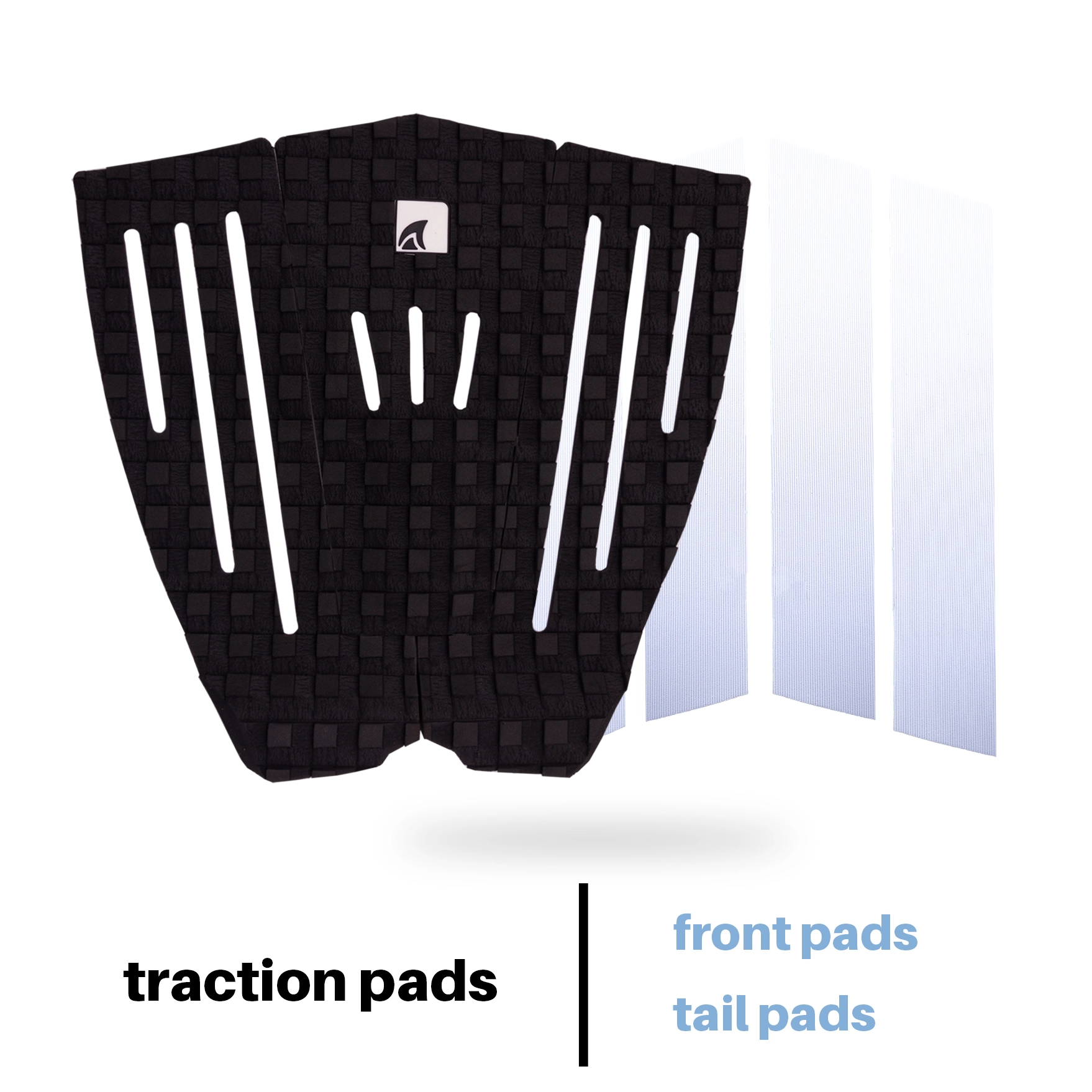



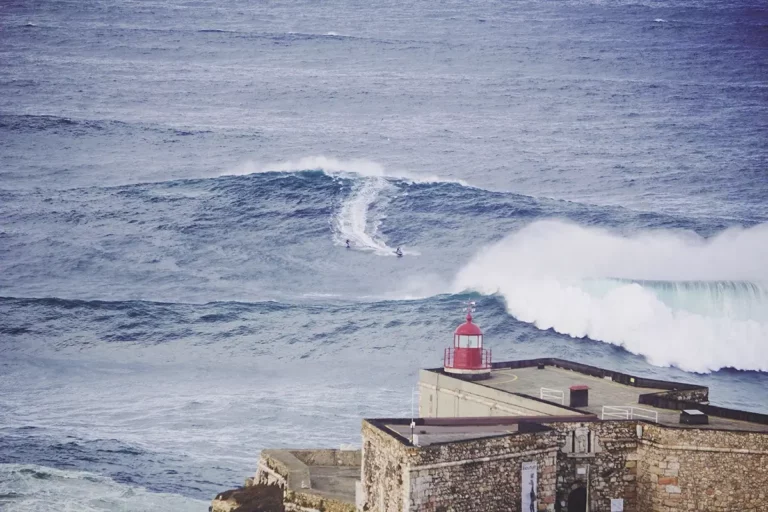
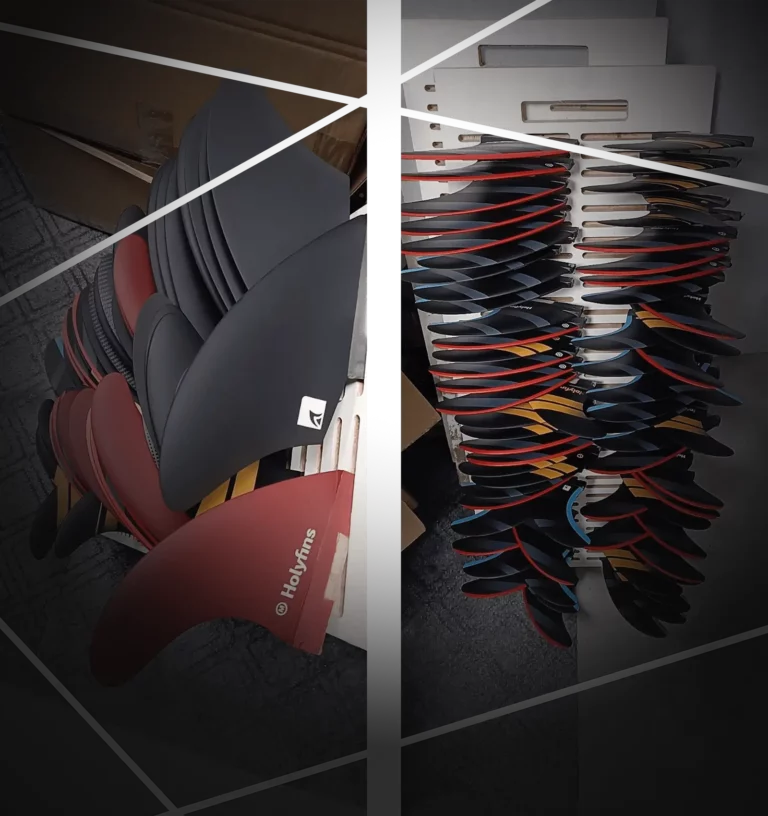



Leave a Reply